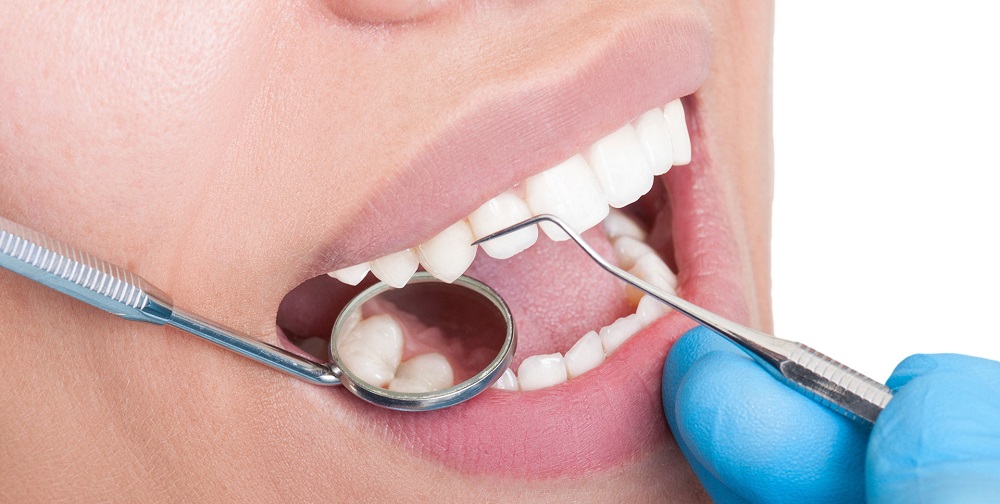
The main cause of gum disease is a sticky transparent layer called bacterial plaque that adheres tightly to the tooth. When teeth are not cleaned properly, food residues that accumulate on and between them produce bacteria. These purulent deposits, which we call bacterial plaque, are the main cause of dental caries and gingivitis, and they form tartar as a result of the precipitation of saliva over time.
Symptoms of Gum Disease
* The first and most important symptom of gum disease is gum bleeding. Healthy gums do not bleed
* If the gums are swollen and reddened,
* If there is recession in the gums and sensitivity on the exposed root surfaces,
* If there are black areas caused by tartar on the edges of the gums or between the teeth,
* If there is inflammation between the tooth and the gum,
* If there are wobbling, elongation and opening between the teeth,
* If there is a constant bad smell and bad taste in the mouth,
A dentist should be examined before it is too late.
Treatment of Gum Disease
In the treatment of gum disease, it is necessary to measure the thickness of the pockets formed between the tooth and the gum with a special instrument. The diagnosis is made according to the amount and depth of these pockets and treatment is planned. Since deep pockets will prepare a suitable environment for the rapid progression of the gum disease, the purpose of the treatment is to make them as shallow as possible, because it is impossible for you to completely clean the microorganisms settled in deep pockets by brushing and using dental floss.
